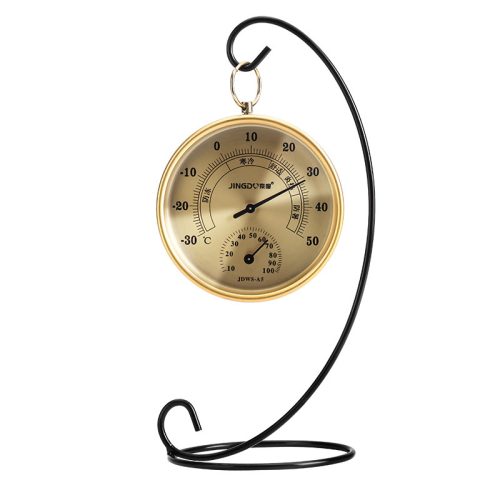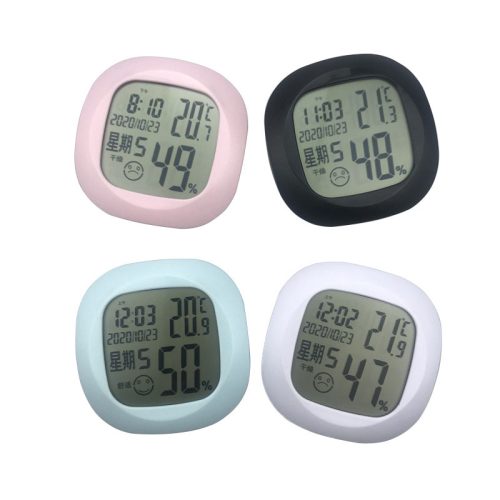Fever thermometers are devices used to measure body temperature, helping to identify fever, a common symptom of various illnesses. Understanding their types, proper usage, and interpretation of readings is essential for accurate temperature assessment. Here’s a breakdown:
Types of fever thermometers:
Digital thermometers:
Oral: Placed under the tongue.
Axillary: Positioned in the armpit.
Rectal: Inserted into the rectum (often used for infants and young children).
Infrared thermometers:
Forehead (temporal artery): Non-contact, scans the forehead or temporal artery.
Ear (tympanic): Measures temperature inside the ear canal.
Proper usage:
Oral thermometer:
Place the thermometer under the tongue, close the mouth, and breathe normally.
Wait for the device to beep or indicate the temperature is measured.
Axillary thermometer:
Position the thermometer in the armpit and ensure the arm is held close to the body.
Wait for the device to display the temperature.
Rectal thermometer:
Apply lubricant to the tip, gently insert into the rectum, and hold in place until the device signals the temperature is taken.
Infrared thermometers:
Point the thermometer at the forehead or insert it into the ear canal as per the manufacturer’s instructions.
Press the button or trigger to obtain the temperature reading.
Interpretation of readings:
Normal body temperature: Around 98.6°f (37°c) orally, but this can vary slightly among individuals.
Fever threshold: Generally, a body temperature of 100.4°f (38°c) or higher is considered a fever.
Interpreting by age: Fever thresholds might differ for infants, children, and adults. Consult a healthcare provider for specific guidelines.
Consider context: A fever reading should be considered in context with other symptoms, especially for diagnosing specific illnesses.
Tips for accuracy:
Proper placement: Correct positioning of the thermometer is crucial for accurate readings.
Follow instructions: Always follow the manufacturer’s guidelines for usage and cleaning.
Age consideration: Use the appropriate thermometer type based on age (rectal thermometers for infants, for instance).
When to consult a healthcare professional:
Persistent fever in infants (under 3 months) or young children.
High fever (above 103°f or 39.4°c) in adults or children.
Fever accompanied by severe symptoms like difficulty breathing, dehydration, or altered mental state.
Fever thermometers are valuable tools for monitoring body temperature changes, aiding in early detection of illnesses, and determining appropriate medical care when necessary. Always ensure proper usage and consult healthcare providers for guidance, especially in cases of concern regarding fever or other associated symptoms.


